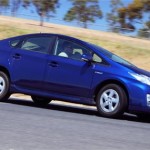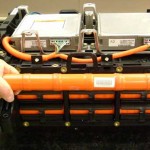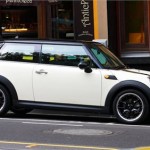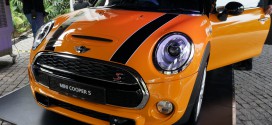Automakers are introducing a number of different solutions for cleaner and more fuel efficient vehicles. In Australia, there is a war of words over title of greenest car back in 2009.
Every automaker is trying to share the mantle of the country’s most fuel-efficient car as part of their marketing effort.
The new Toyota Prius with 1.8L engine has joined the Mini Cooper Diesel version as Australia most fuel efficient vehicle. Both cars are using just 3.9 litres of fuel per 100km.
Toyota claimed that the larger capacity engine actually improved fuel efficiency at highway speeds because the extra torque. In the other side, BMW have long argued that the Prius is more about marketing spin than genuine breakthrough technology.
In depth, Toyota Australia product manager Ashley Edwards said that while the manual version of the Mini and the Prius used the same amount of fuel, the Prius emitted significantly less carbon dioxide – 89 grams per km, compared with 104g/km for the manual version of the Mini and 134 grams for the automatic Mini. The automatic Mini uses 5L/100km.
Question is whether Battery Cell or more Carbon Dioxide? In terms of eco-friendly, which is a better option? Which is more harmful to the environment? We need to analyse over the supply chain of the battery cell and its lifespan. In the other hand, the Diesel engine will emit a little more CO2.
 FastMotoring Motor News In Speed
FastMotoring Motor News In Speed





